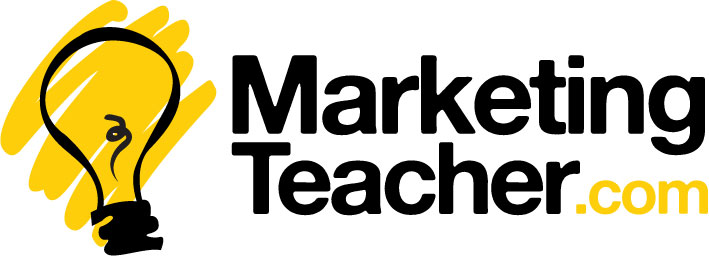Value Proposition Canvas
Let’s investigate the Value Proposition Canvas: a business tool that can help you create, design and implement value propositions. It is a tool which is used by tutors, trainers and business start-ups to look at the ‘fit’ between customers and our products/services. It is used as a bolt-on to the Business Model Canvas, and credit it given here to its creators Ostwalder, Pigneur, Bermarda and Smith – and Strategyser. It is part of the Lean Start-up Movement. So how does it work?
The Value Proposition Canvas
Value proposition canvas has two sides: the customer segment who you intend to create value for and the value proposition which will help you attract customers. The canvas draws a parallel between products and services offered and customer needs. With the customer profile you clarify your customer understanding with value map you describe how you intend to create value for that customer. You achieve fit between the two when one meets the other.
The profile is composed of customer jobs your customers are trying to complete, related pains that picture the negative aspects they may face while trying to complete it and third the gains that show the positive outcomes which your customers may have.
Customer jobs involve functional, social, personal and supporting factors. Customer pains revolve around undesired outcomes, obstacles and risks that can be faced. Customer gains can be classified into required gains, expected gains, desired gains and unexpected gains. Care must be taken to identify the importance of customer jobs, level of severity of pains and relevance of gains obtained.
Now let’s look at the value proposition map that describes the features of a specific value proposition in your model in a more structured and detailed way. It breaks your value proposition down into products and services, pain relievers and gain creators.
Products and services can be tangible, intangible, digital, financial etc. Pain relievers describe how your services and products can soften the specific pains your customers face and gain creators how customers can benefit from your company products and services.
Thus, when the features of your value proposition map perfectly match the characteristics of your customer profile you achieve the fit. Fit can be achieved in three stages:
- First when you identify relevant customer pains, jobs and gains to address them with your value proposition.
- Second stage presupposes a positive customer feedback and the last stage is about finding a profitable business model.
So, do you feel like having a go at your own Lean Start-up? Begin by completing the Business Model Canvas, and then consider the fit between your products and services using the Value Proposition Canvas.
